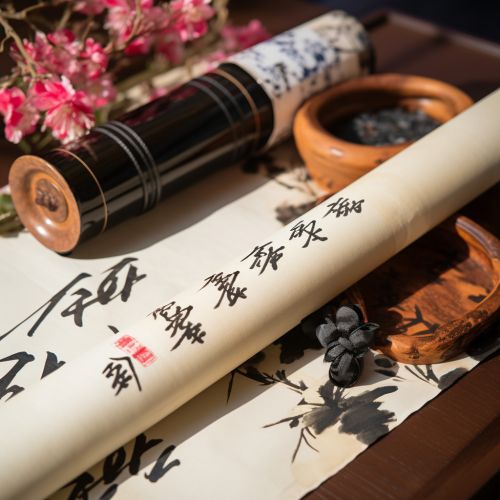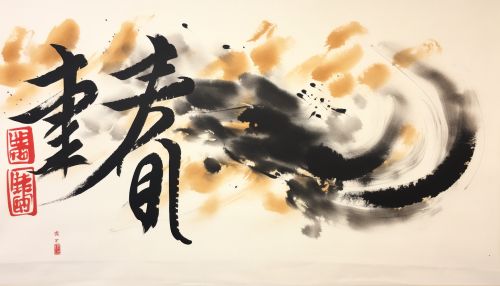Hanyu
Overview
Hanyu (汉语 or 漢語) is the term used to refer to the Chinese language, specifically the group of languages spoken by the Han Chinese, the largest ethnic group in China. The term is often used interchangeably with Mandarin Chinese, but technically it encompasses a broader range of dialects and languages, including Cantonese, Shanghainese, and others. Hanyu is the most widely spoken language in the world, with over a billion speakers.
Etymology
The term "Hanyu" literally translates to "Han language". The Han Chinese are named after the Han Dynasty, which ruled China from 202 BC to 220 AD and is considered a golden age in Chinese history. The term "Hanyu" thus signifies the language of the Han people.
Classification
Hanyu is a member of the Sino-Tibetan language family, which also includes languages like Tibetan and Burmese. Within this family, Hanyu falls under the Chinese language group, which also includes languages like Jin, Wu, Yue (Cantonese), Min, Xiang, Hakka, Jin, Pinghua, and Huizhou.
Dialects
Hanyu encompasses a wide range of dialects, many of which are mutually unintelligible. These dialects can be broadly grouped into seven main categories: Mandarin, Wu, Yue (Cantonese), Min, Jin, Xiang, and Hakka. Each of these dialect groups is further divided into numerous local dialects. For example, the Mandarin group includes the Beijing dialect, which forms the basis for Standard Mandarin, as well as dialects spoken in other parts of northern and southwestern China.
Phonology
Hanyu is known for its tonal nature, with each syllable in the language carrying a specific pitch contour that can change the meaning of a word. The number of tones can vary between dialects, with Standard Mandarin having four tones, while Cantonese has six or seven.
Writing System
Hanyu is written using Chinese characters, a system of logograms where each symbol represents a word or a part of a word. There are two main forms of Chinese characters in use today: Traditional Chinese, which is used in Taiwan, Hong Kong, and Macau, and Simplified Chinese, which was introduced in the People's Republic of China in the 1950s to boost literacy.
Grammar
Unlike many Western languages, Hanyu does not have a tense system to indicate time. Instead, it relies on context and aspect markers to convey this information. Hanyu also lacks plural forms of nouns and has a relatively simple morphology, with words typically consisting of one or two syllables.
Vocabulary
The vocabulary of Hanyu is vast and diverse, reflecting the rich history and culture of the Han Chinese. Many words in Hanyu are composed of two or more characters, each of which contributes to the overall meaning of the word.
Learning Hanyu
Learning Hanyu can be a challenging but rewarding endeavor. The tonal nature of the language and the complexity of the writing system can be difficult for learners, but many resources are available to aid in the learning process, including textbooks, online courses, and language exchange programs.


See Also
Overview of Chinese Dialects The Chinese Writing System Understanding Chinese Grammar
